
|
Kaiyu Li, RKin |
|
|
August 29, 2022 · 10 min |
Do you have foot pain?
Are you often losing balance or tripping?
Do you feel like you are walking more on the outside of your feet, or experiencing inner ankle pain?
Whatever it may be, this can be a sign you are improperly distributing weight on your feet.
The foot tripod approach is a useful way of thinking about how to distribute weight evenly on the foot. The tripod represents three important points of contact between the bottom of the foot and the ground.
- The feet provide the foundation necessary for movement.
- The feet are rich with receptors providing important feedback about body positions, detecting walking surfaces, and balance.
- The tripod foot position provides strong stability support during movement, eliminates instability, and provides a strong foundation for high-quality movements (McKeon et al., 2014).
The three points of the tripod are the:
1. Heel (center of the calcaneus)
2. Base of pinky toe (head of the fifth metatarsal)
3. Base of big toe (head of the first metatarsal)

A balance between these points gives the foot stability and therefore leads to optimal foot contact. The arches of the foot function optimally when the tripod position is maintained.
You may be missing the tripod position. For a person with flat feet, it is common to see that one point of the tripod - the 1st metatarsal head, the base of the big toe is unstable. This instability can result in a shift in pressure to the inside edge of the foot, with more weight placed on both sides of the big toe and the inside of the heel. Multiple issues often need to be addressed to restore a strong foot tripod.
Foot posture issues, such as flat feet or high arched feet, can contribute to lower body misalignment. The most prevalent cause of knee injuries is a flat foot condition. When the foot arch flattens on the ground, it causes a knock-off effect that causes the lower body to be unbalanced. The flattened foot arch causes the shin and thigh bones to curve inwards, putting strain on the knee joint and possibly causing discomfort. With improper foot posture existing knee issues such as ACL or meniscus injuries might worsen, and additionally take longer to recover (Buldt et al., 2012).
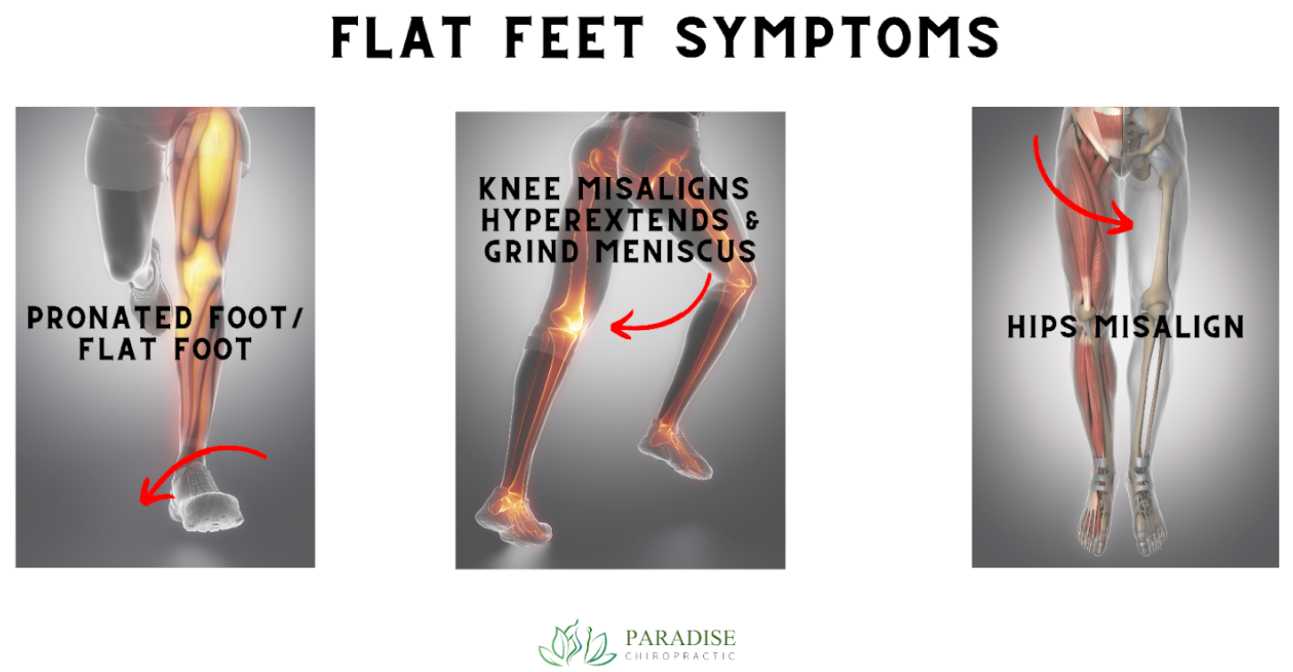
Standing in a strong foot tripod stance might be difficult for someone just beginning to build arch strength. Here is one method for locating the foot tripod:
- First, spread your toes and firmly press the top of your foot onto the floor. This is typically enough to set the tripod’s first and second points (the big toe and little toe joint).
- Lift all of the toes while keeping the heel on the floor. This provides a better understanding of the pressure under the underside of the big toe joint (first metatarsal head).
- Second, lift all of the toes while keeping the heel on the floor. This provides a better understanding of the pressure under the underside of the big toe joint (first metatarsal head).
- Put down the toes while using the foot muscles and the toes to “grab” the floor, activating foot muscles by finding the three points and actively squeezing the floor with the toes.
- Last but not least, plant the heel down firmly while maintaining the other two points. The foot tripod is complete!
Exercise and having a good feet posture hygiene is extremely important to create strong and healthy feet. Here is a short list of exercises that can help improve proper foot posture.
Great toe down
- Keep the heel firmly planted on the ground by pointing all ten toes upward. Focus on your big toes, then press them down and contact the ground before pointing them up again.
- Repeat 8 times, then do the same movement 8 times with the pinkie toes.
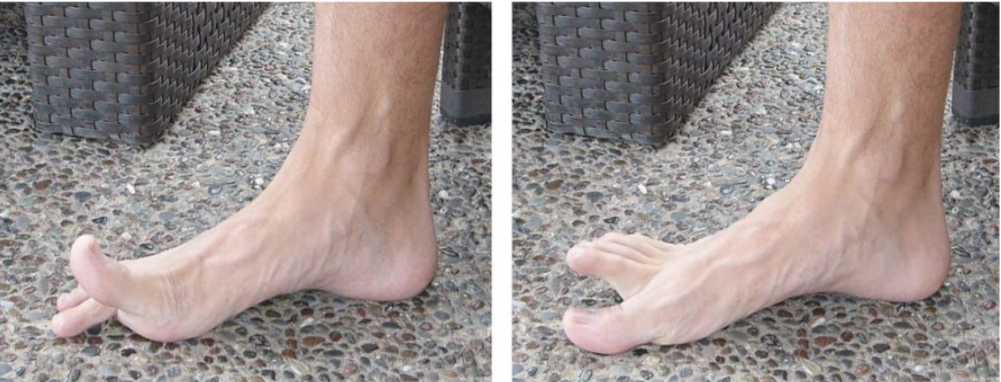
Toe fan
- Begin by lifting and releasing your toes to loosen up; maintain your heel firmly planted on the ground. Raise your pinkie toe to the same height as your big toe.
- Repeat 4 times. Next, lift all your toes and spread them like a fan, as wide as you can 4 times.
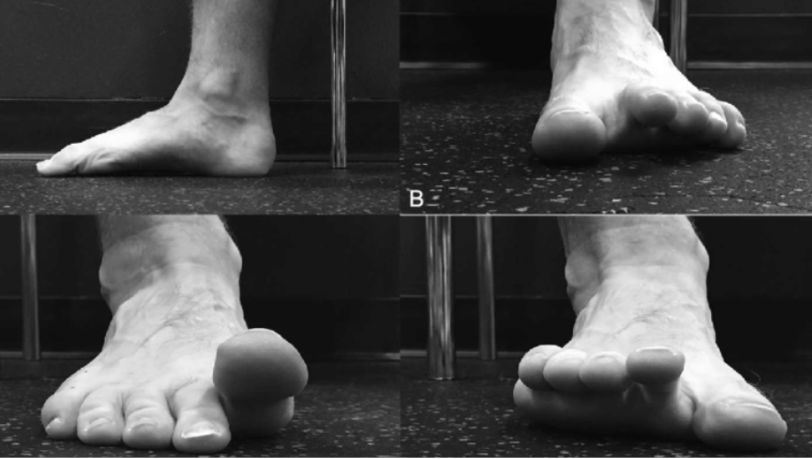
Ankle range of motion
- Lift your feet so they do not contact the floor when sitting. Then, using your foot, point your toes and write the letters of the alphabet in the air. Always lead with your big toe. Do not move your leg, only your ankle.
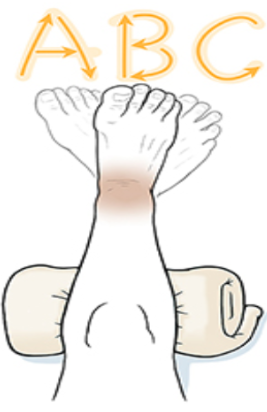
Object pickup
- Sit with both feet flat on the ground. Place a towel on the floor in front of you. Then, pick up the towel and drop it with your toes. Repeat 8 times.
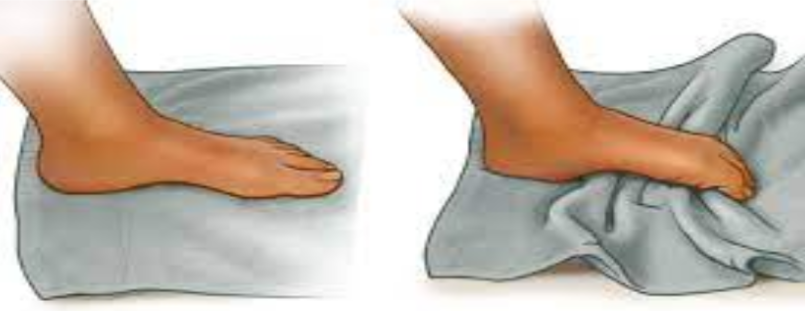
Kinesiology (active rehab) treatments utilize many methods to help you improve your foot posture. When you come into the clinic for assessment, your kinesiologist will perform a comprehensive gait and posture analysis, recommend proper shoe wear, and create a customized rehabilitation program based on your biomechanics and personal health history to help you achieve your desired rehab outcome.
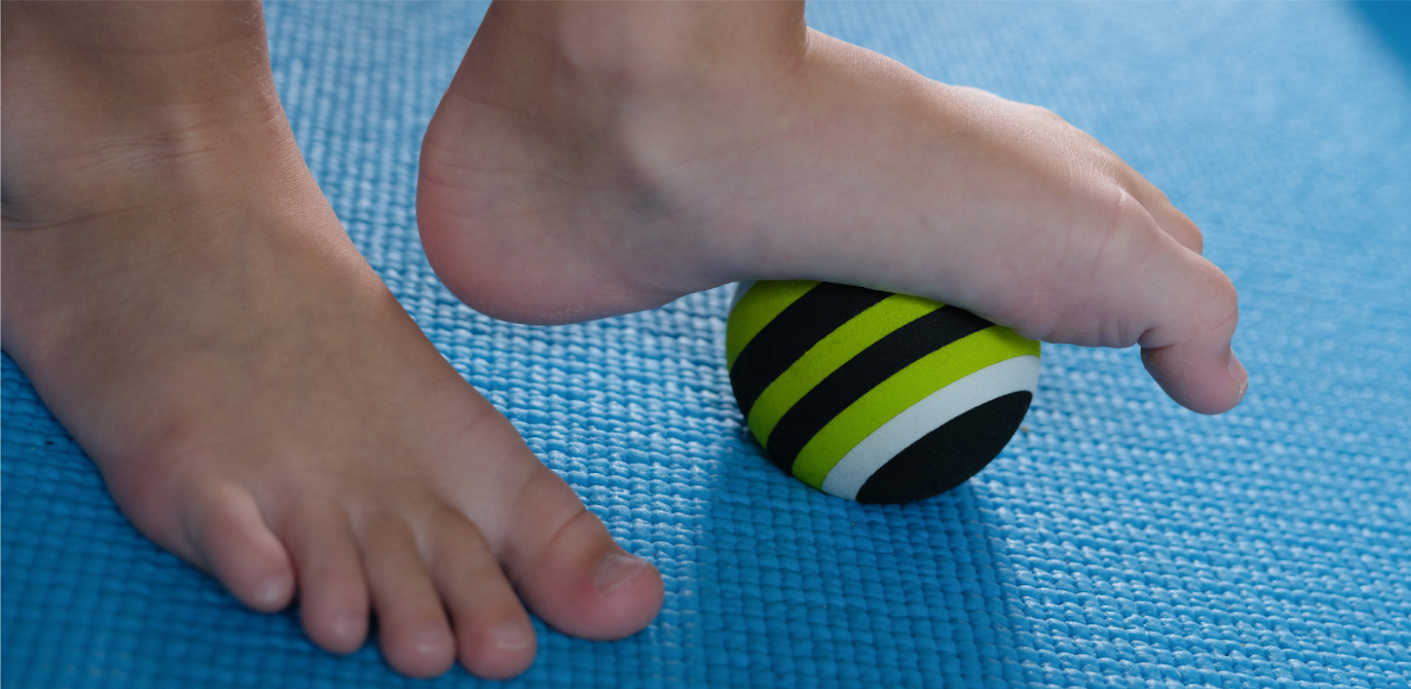
Read more about foot pain here.
Want to know if orthotics can help with your foot problems? Read it here.
Let us help you with your pain. For a complimentary consultation or any other inquiries give us a call at (604) 496-0626, email at info@paradisechiropractic.ca, or book online.
Buldt, A., Murley, G., Butterworth, P., Levinger, P., Menz, H., & Landorf, K. (2012). The relationship between foot type and lower limb kinematics during walking: a systematic review. Journal Of Foot And Ankle Research, 5(S1). doi: 10.1186/1757-1146-5-s1-p4
Drucker, N. (2022). The Foot Tripod | Denver Pain and Performance Solutions. Retrieved 14 June 2022, from https://www.denverpainandperformance.com/the-foot-tripod/
McKeon, P., Hertel, J., Bramble, D., & Davis, I. (2014). The foot core system: a new paradigm for understanding intrinsic foot muscle function. British Journal Of Sports Medicine, 49(5), 290-290. doi: 10.1136/bjsports-2013-092690
Orthotics, M. (2022). How Flat Feet May Cause Knee Problems. Retrieved 14 June 2022, from https://mass4d.com/blogs/articles/how-flat-feet-may-cause-knee-problems
Speck, J. (2022). The Foot Tripod - Fix Flat Feet. Retrieved 14 June 2022, from https://www.fixflatfeet.com/foot-tripod/